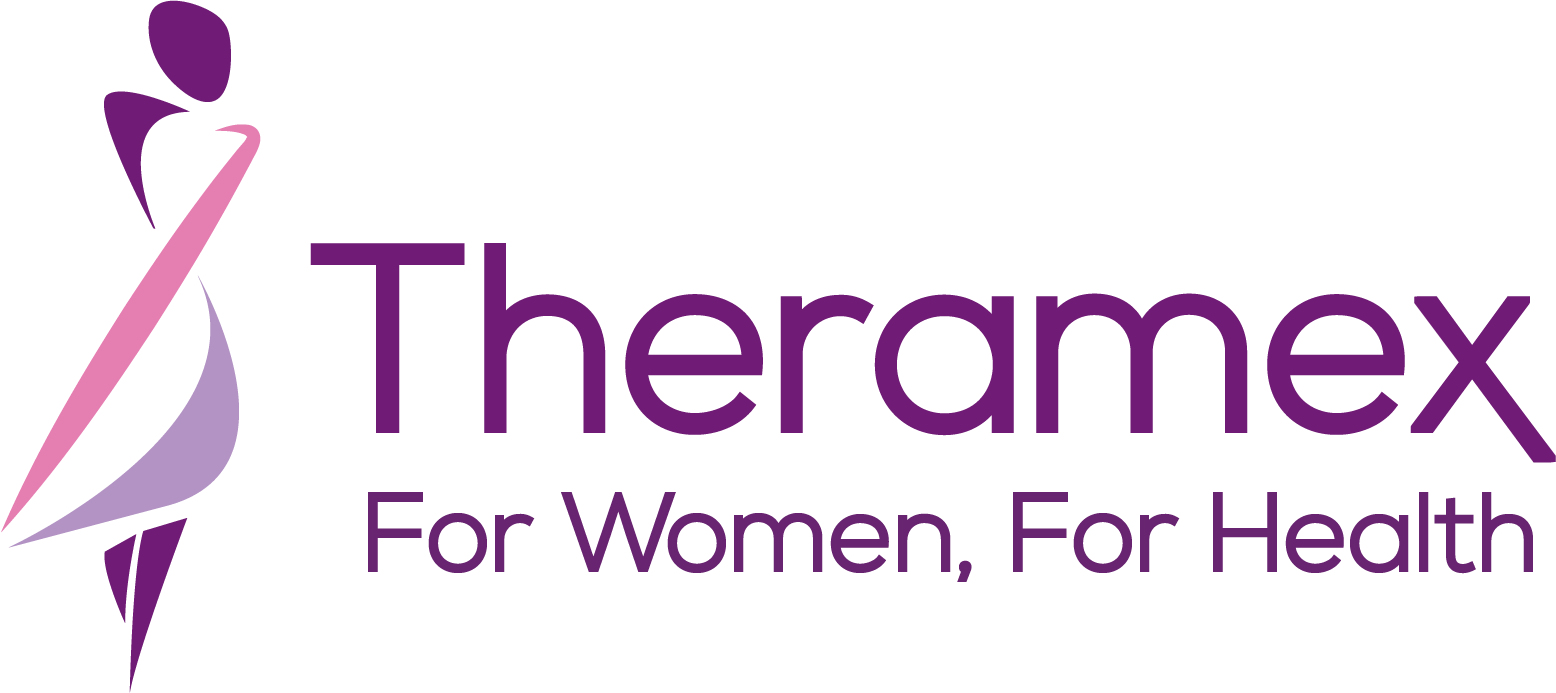Abstract: Summary Guidance is provided in a European setting on the assessment and treatment of postmenopausal women at risk of fractures due to osteoporosis.
Introduction
In 1997, the European Foundation for Osteoporosis and Bone Disease (subsequently the International Osteoporosis Foundation, IOF) published guidelines for the diagnosis and management of osteoporosis [1], subsequently updated in 2008 by the IOF and European Society for Clinical and Economic Evaluation of Osteoporosis and Osteoarthritis (ESCEO) [2]. Since then, there have been significant advances in the field of osteoporosis. These include the development of new techniques for measuring bone mineral, improved methods of assessing fracture risk and new treatments that have been shown to significantly reduce the risk
of fractures at vulnerable sites. Against this background, the Scientific Advisory Board of the ESCEO, in collaboration with the IOF, has recognised a need to update the guidance which is detailed below. The high societal and personal costs of osteoporosis pose challenges to public health and physicians, particularly since most patients with osteoporosis remain untreated. Indeed, less than 20 % of patients with a fragility fracture receive therapy to reduce future fracture within the year following fracture [3–5]. The aim of this guidance is to stimulate a cohesive approach to the management of osteoporosis in Europe. The term guidance rather than guidelines is used, to avoid any prescriptive connotations since country- or region-specific guidelines are now widely available in many European countries and continue to evolve. Rather, the guidance can inform the development of new guidelines or the revision of existing guidelines.
Whilst focussed on a European perspective and on postmenopausal women, the principles may be of some assistance in
other regions of the world and in men.
Osteoporosis in Europe
Osteoporosis is defined as a systemic skeletal disease characterised by low bone mass and microarchitectural deterioration of bone tissue, with a consequent increase in bone fragility and susceptibility to fracture [6]. Although the diagnosis of the disease relies on the quantitative assessment of bone mineral density, which is a major determinant of bone strength, the clinical significance of osteoporosis lies in the fractures that arise. In this respect, there are some analogies with other multifactorial
chronic diseases. For example, hypertension is diagnosed on the basis of blood pressure whereas an important clinical consequence of hypertension is stroke.
Because a variety of non-skeletal factors contribute to fracture risk [7–9], the diagnosis of osteoporosis by the use of bone mineral density (BMD) measurements is at the same time an assessment of a risk factor for the clinical outcome of fracture. For these reasons, there is a distinction to be made between the use of BMD for diagnosis and for risk assessment.











